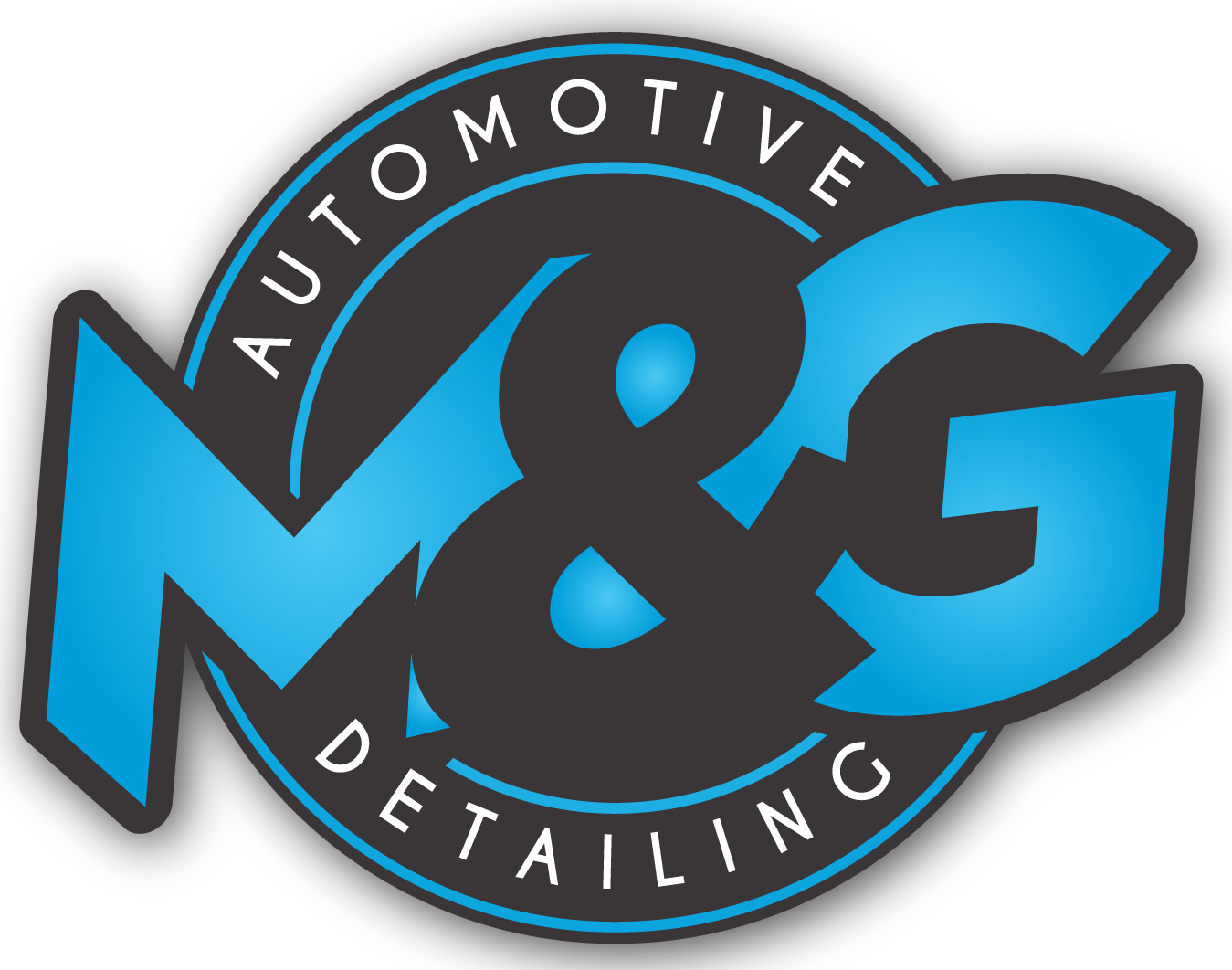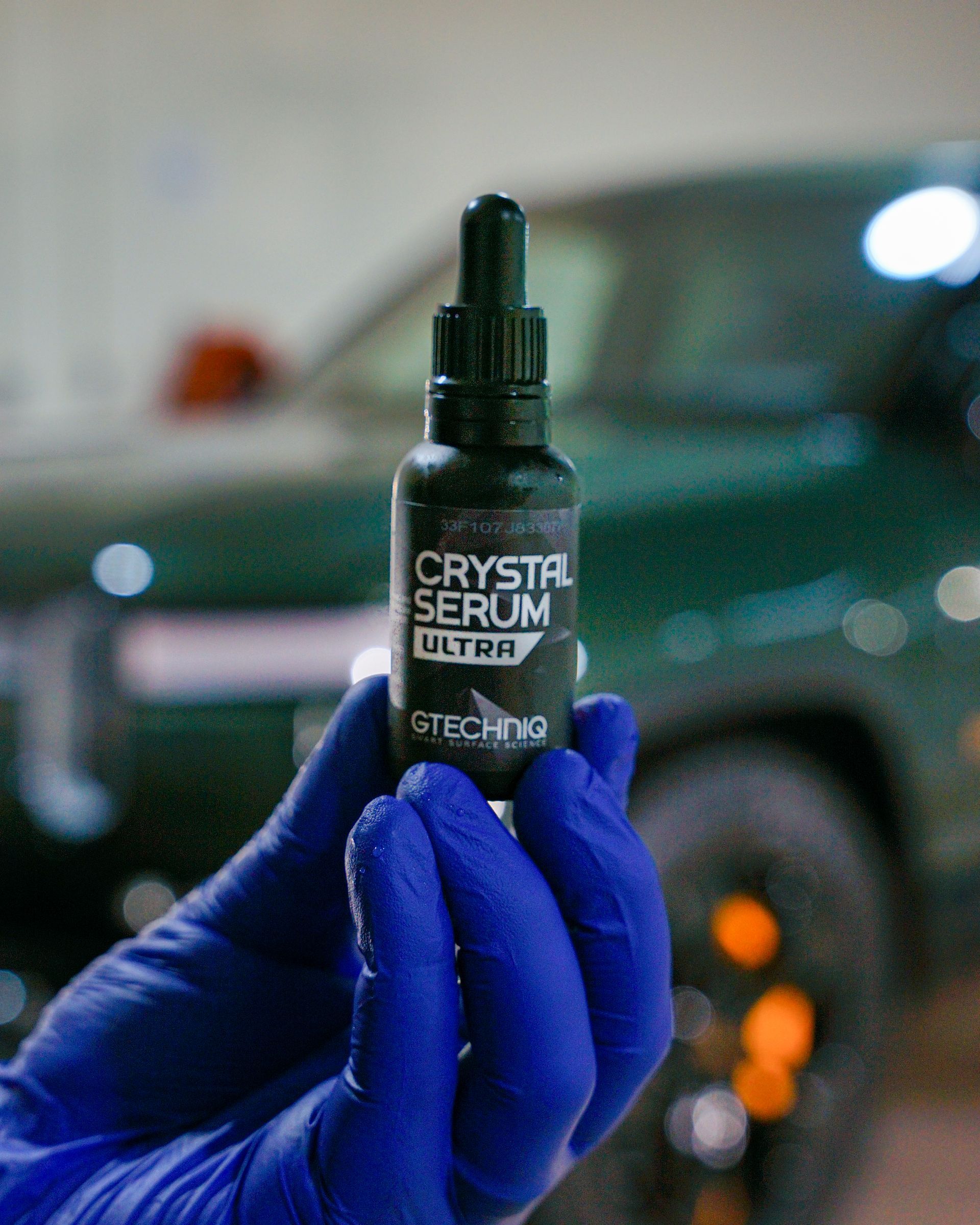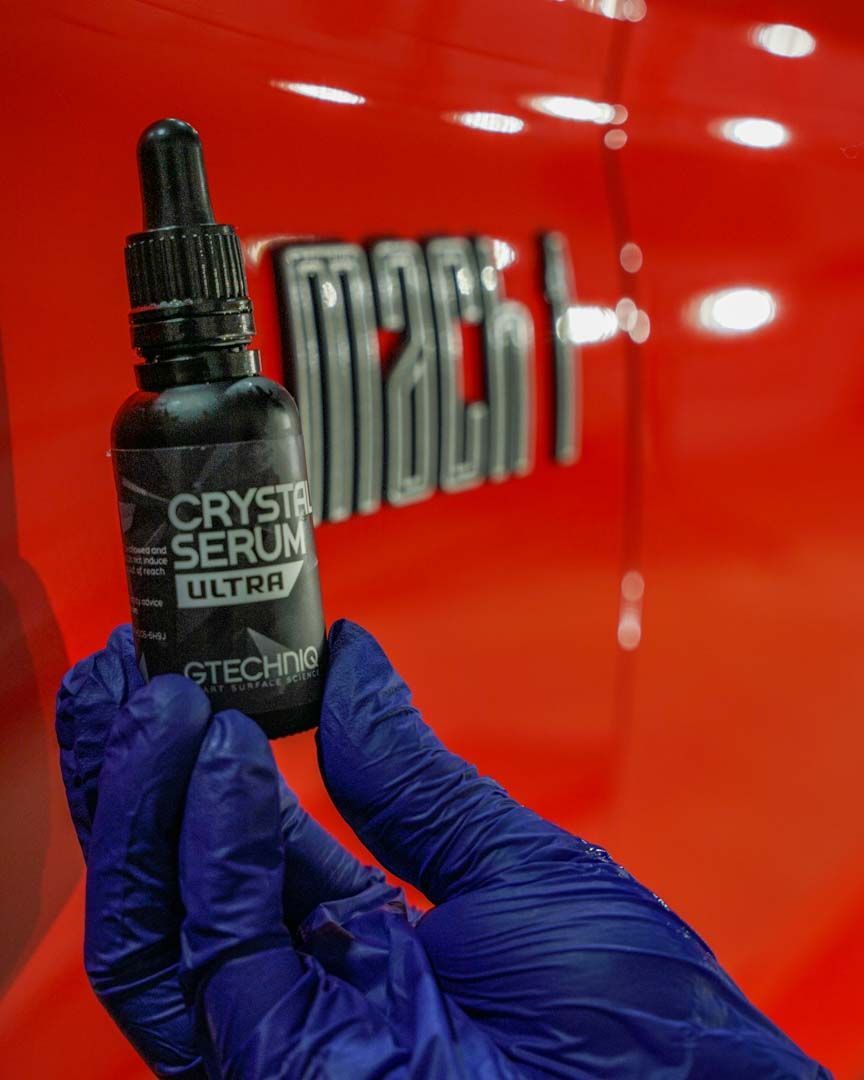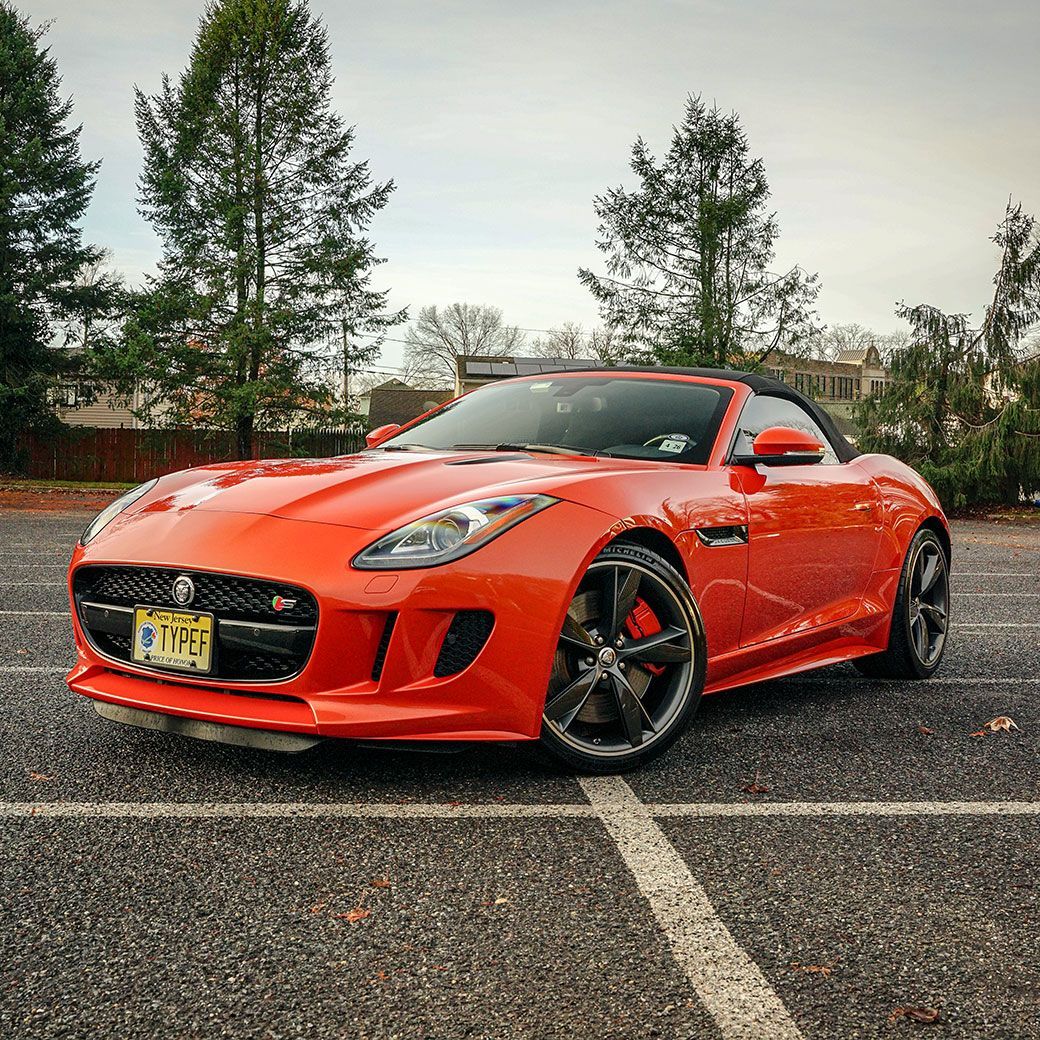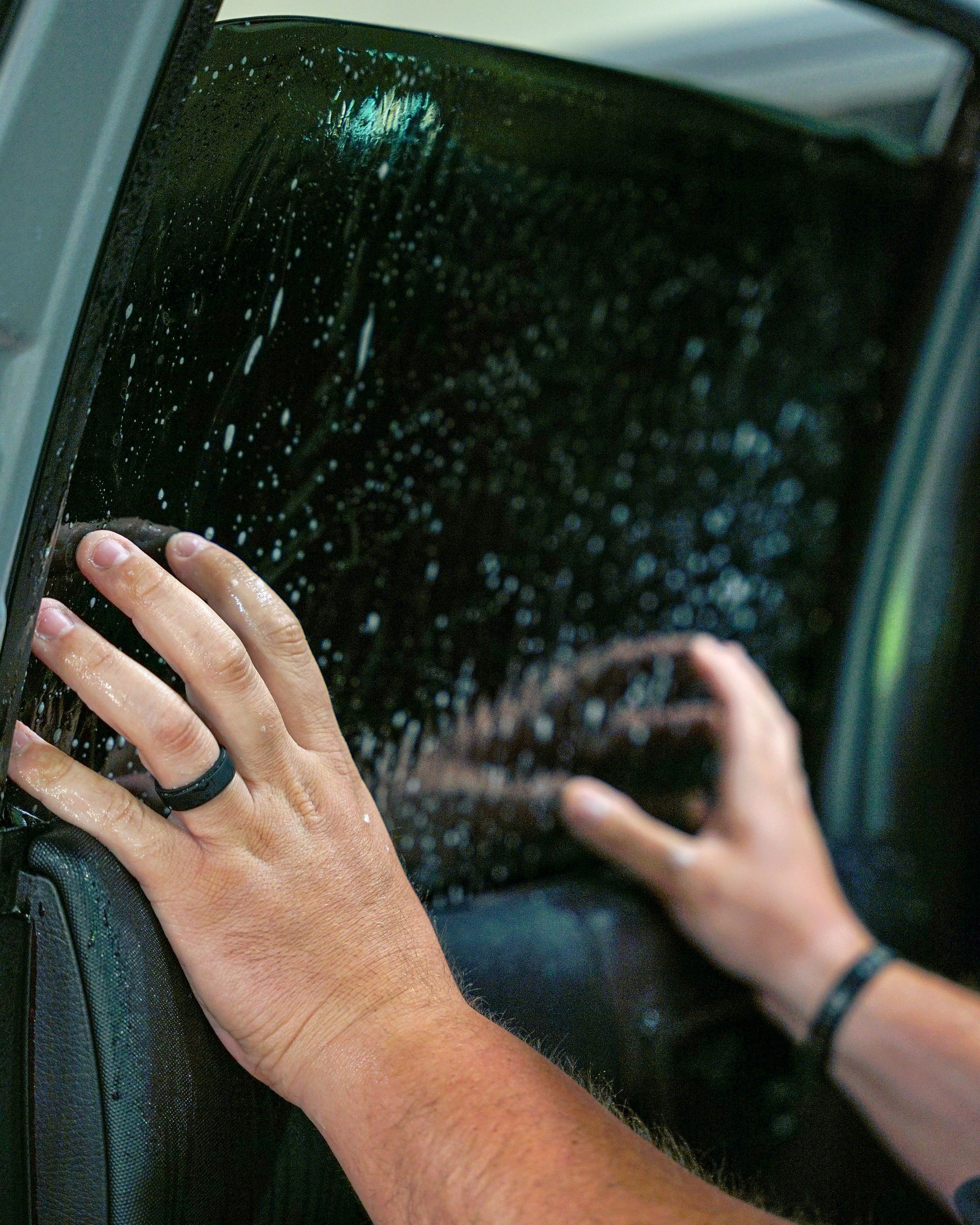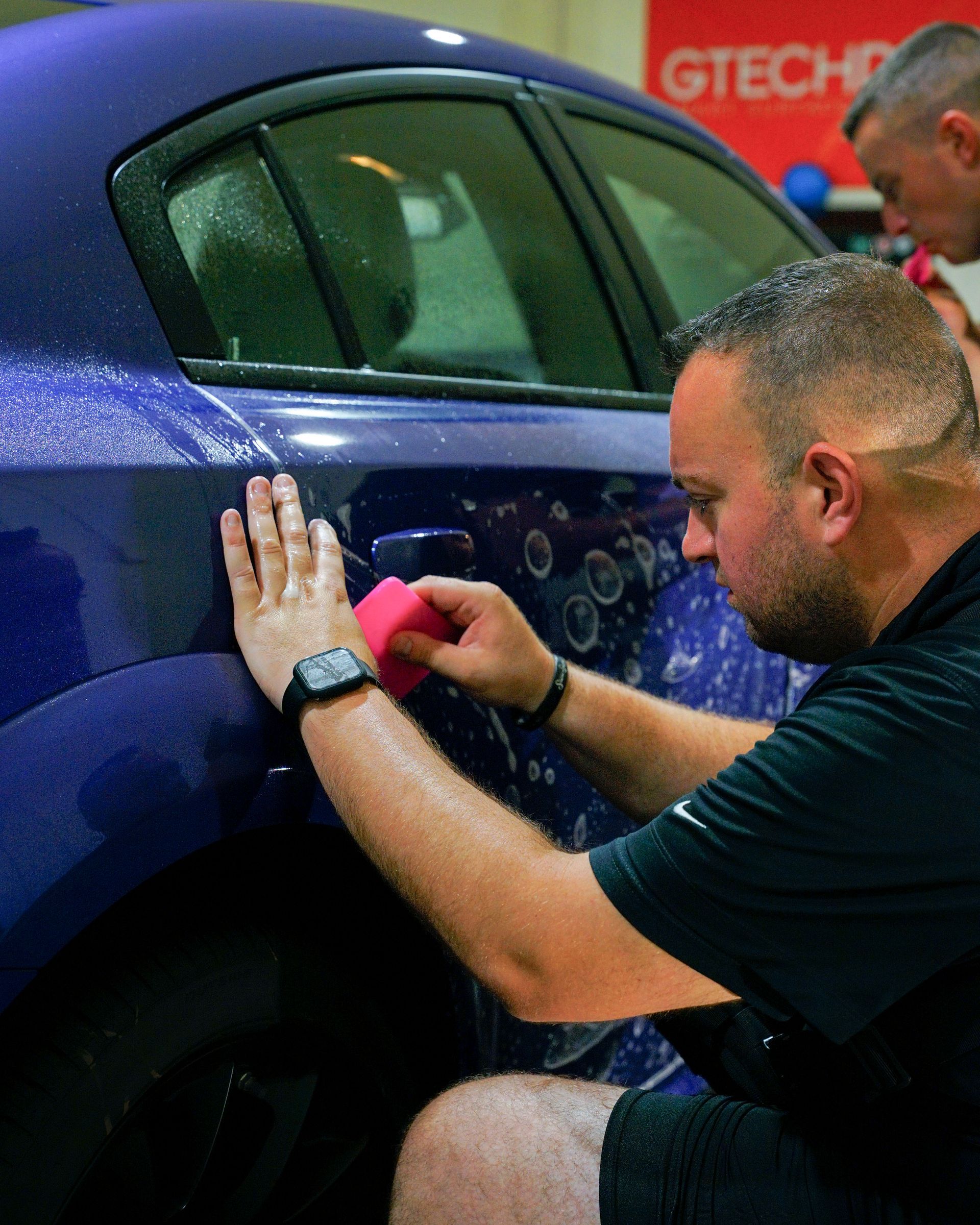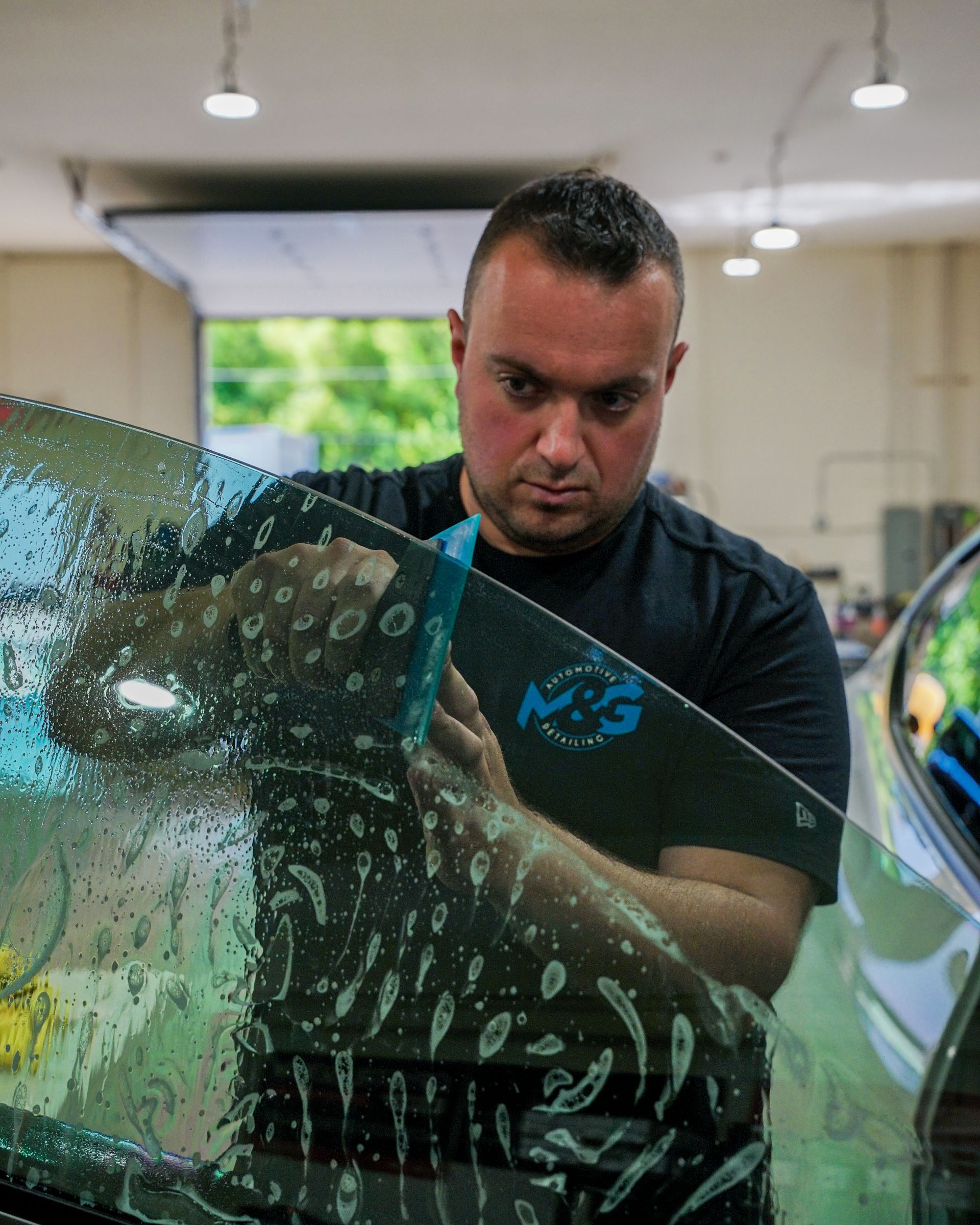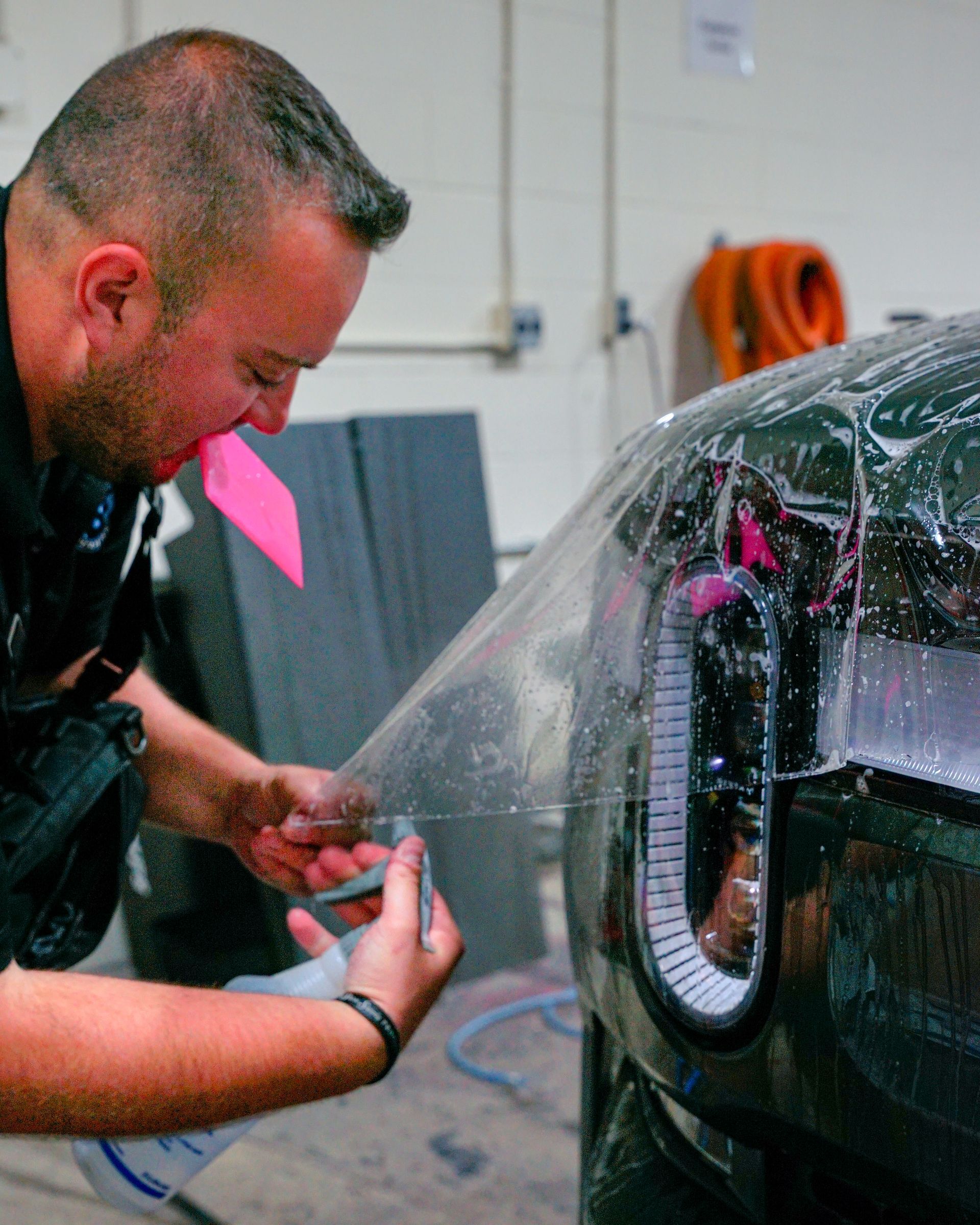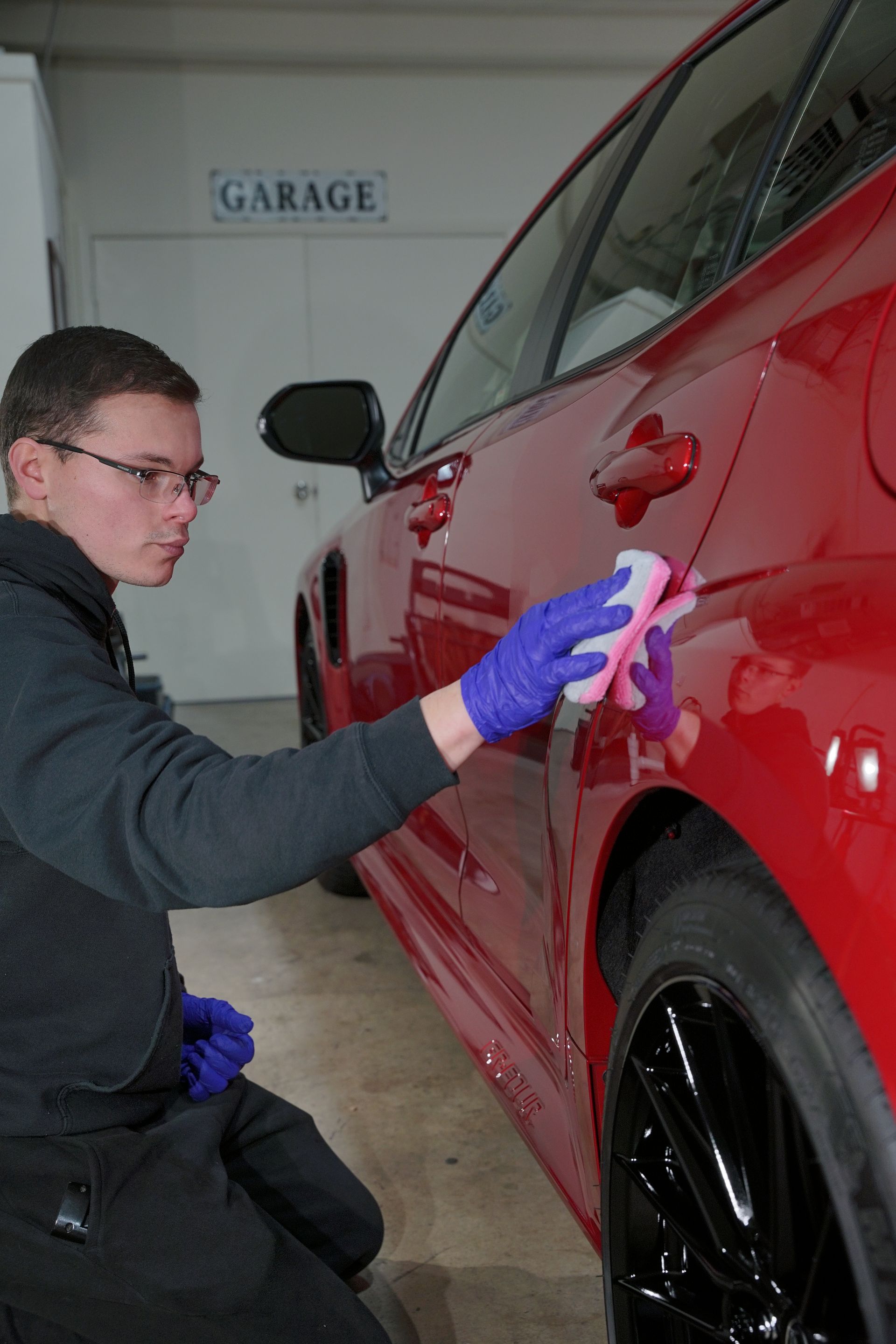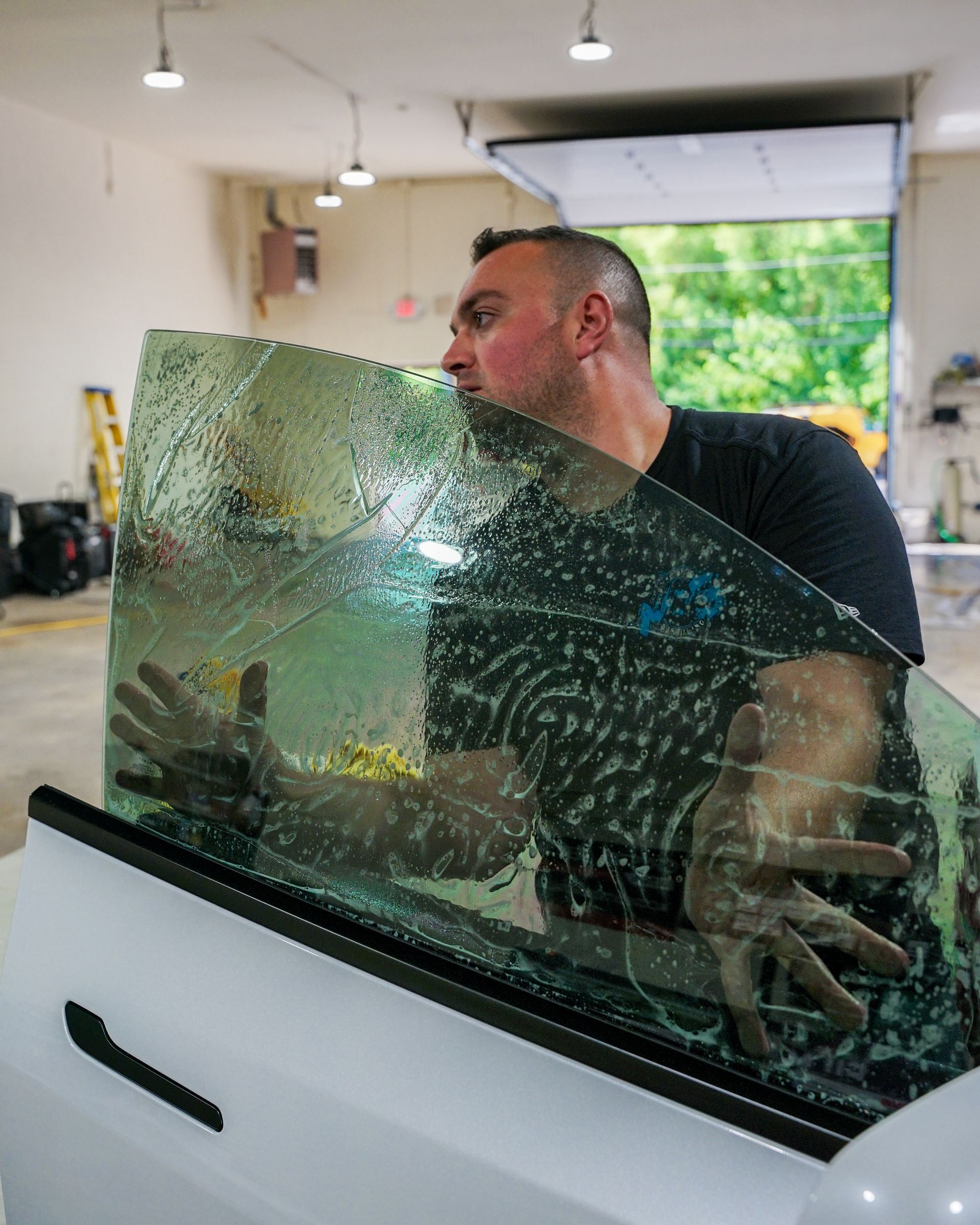How UV Rays Affect Ceramic Coating on Different Finishes: Understanding and Protection
Maintaining that showroom sheen on your car isn't just about regular washes and waxing; it’s a rigorous battle against unrelenting UV rays. These invisible adversaries don’t just tarnish your new ride aesthetically—they also undermine its long-term durability. For car enthusiasts dedicated to preserving their vehicle's finish, comprehending how UV rays affect various finishes coated with ceramic layers is essential.
UV rays can gradually degrade ceramic coatings on different surfaces, leading to fading and reduced protective properties. Regular maintenance, including the application of UV-resistant coatings or additional protective layers, is crucial to mitigate the effects of UV exposure and preserve the longevity of the ceramic coating.
UV Rays and Ceramic Coatings
UV rays are everywhere, acting like high-energy ghosts that remain unseen but leave highly visible effects. These rays possess the ability to degrade almost anything over time, leading to paint fading, oxidation, and weakened protective layers on cars. Now, ceramic coatings serve as a protective shield for vehicle surfaces, guarding them against environmental contaminants, UV radiation, oxidation, and water damage. However, prolonged exposure to UV radiation can gradually degrade the ceramic coating itself, highlighting the delicate balance at play.
For instance, imagine choosing sunscreen with minimal protection versus one with ample coverage. Similarly, high-quality ceramic coatings often integrate UV inhibitors to extend their efficacy, providing an extra layer of defense against these rays. Ceramic coatings lacking UV protection degrade up to 30% faster than those fortified with it. Thus, it's not solely about preventing paint from fading; it's about safeguarding the entire vehicle. Our cars require protection from UV radiation to preserve their allure and resilience.
So when contemplating a
ceramic coating for your vehicle, seek one with UV-resistant properties—a choice that could dictate between frequent reapplications or enduring protection for your prized possession.
Impact on Automotive Paint Finishes
UV exposure is notorious for causing oxidation and fading in automotive paint finishes, leading to a worn and lackluster appearance over time. Prolonged sunlight exposure allows UV radiation to penetrate the paint's surface, resulting in gradual deterioration. This decay not only impacts the visual appeal of the vehicle but can also diminish its overall value.
The Protective Power of Ceramic Coatings
Ceramic coatings are instrumental in safeguarding automotive paint from UV-induced damage. By deflecting UV rays away from the paint surface, ceramic coatings uphold the vibrant color and gloss of the vehicle's exterior, ensuring that even under prolonged sunlight exposure, the paint retains its original luster and brilliance. Imagine ceramic coatings as a shield for your car's paint, deflecting harmful UV rays away from its surface. This protection not only preserves the aesthetics but also safeguards the structural integrity of the paint, preventing premature aging and wear. For instance, cars treated with high-quality ceramic coatings have been observed to maintain their shine for up to five years longer than untreated vehicles—a tangible demonstration of ceramic coatings' effectiveness in combating UV-induced fading and preserving the appearance of the paint finish over an extended period.
Leading manufacturers have developed specialized ceramic coatings tailored specifically for automotive paint protection. These formulations undergo rigorous testing under intense simulated sunlight to evaluate their resistance against UV-induced fading. The results showcase significant resilience, reaffirming the capability of advanced ceramic coatings to mitigate the effects of UV exposure on automotive paint finishes. Understanding how UV rays affect automotive paint finishes underscores the vital role of ceramic coatings in preserving the appearance and structural integrity of vehicles. Investing in high-quality ceramic coatings offers long-term protection against UV-induced damage, ensuring that your vehicle maintains its vibrant color and glossy sheen for years to come.
Effects on Clear Coat Finishes
The clear coat is like a guardian for your vehicle's paint, providing an additional level of defense against environmental elements. It's this transparent layer that shields the vibrant color underneath from damage caused by exposure to sunlight, rain, and other external factors. However, as magnificent as the clear coat is, it has its vulnerabilities. Over time, UV rays can seep through this protective shield, causing what is known as micro-cracking. These fine cracks are microscopic at first but can accumulate and compromise the smooth surface of the clear coat, leading to a loss of gloss and vibrancy in the paint. This deterioration not only affects the appearance of your vehicle but also diminishes the protection it offers to the underlying layers of paint.
This threat becomes even more substantial for vehicles frequently exposed to intense sunlight or those parked in outdoor environments with minimal shelter from the sun’s rays. Consider a car that's often parked under direct sunlight or in regions with high UV exposure. The clear coat is constantly assaulted by these harmful rays, resulting in a gradual breakdown of its integrity. In response to this challenge, ceramic coatings emerge as a crucial solution. These specialized coatings form a formidable barrier atop the clear coat, substantially reducing the penetration of UV rays and their detrimental effects on the underlying surfaces. Vehicles equipped with ceramic-coated clear coats display remarkable resilience against UV-induced stress.
The Role of Ceramic Coatings
Ceramic coatings provide an additional shield specifically engineered to counteract the damaging impact of UV radiation. By leveraging advanced chemical formulations, ceramic coatings effectively deflect UV rays before they breach the clear coat layer. As we continue our exploration of vehicular protection, let's turn our attention to how ceramic coatings interact with glass and plastic surfaces.
It's not just paint that needs protection from UV rays on a vehicle. Glass and plastic surfaces, such as windshields and headlights, are also vulnerable to the damaging effects of prolonged sun exposure. Over time, UV radiation can compromise these materials, making them brittle or cloudy. As a solution, ceramic coatings provide a safeguard against these issues. By repelling UV rays, ceramic coatings help maintain the transparency and strength of glass and plastic surfaces.
For instance, consider the headlights on your vehicle. They serve as a crucial component for safe driving, especially during low-light conditions. Prolonged exposure to UV radiation can cause yellowing and fogging on headlights, hampering visibility and compromising safety. However, when treated with a quality ceramic coating, the headlights are shielded from these harmful effects. The coating acts as a barrier, preserving the clear visibility necessary for safe driving in varying conditions.
The application of ceramic coatings on glass surfaces not only enhances their durability but also mitigates the adverse impact of UV radiation. This protective layer acts as a
shield against environmental elements, ensuring that the glass retains its clarity and structural integrity over time. Moreover, in the case of plastic surfaces like headlight covers, ceramic coatings play a pivotal role in preventing discoloration and cloudiness caused by UV exposure. This means your vehicle's headlights can maintain their aesthetic appeal while upholding optimal functionality.
Benefits of Using Ceramic Coatings
Ceramic coatings offer a range of benefits that extend beyond basic protection. One of their most sought-after advantages is the UV protection they provide. Picture your car, exposed to the sun and at risk of UV rays causing fading, discoloration, and overall wear. This is where ceramic coatings truly shine, offering robust protection against UV rays that can wreak havoc on your vehicle's exterior. The coating acts as a shield, blocking harmful UV rays from degrading the paint and preserving its luster and color depth.
Ceramic coatings also enhance gloss, providing a deeper and richer visual appeal to your vehicle's exterior. The application of high-quality ceramic coatings elevates the reflective properties of the paint, resulting in a stunning, mirror-like finish that captures attention with its captivating sheen. This enhancement in gloss delivers a premium aesthetic quality that sets your vehicle apart, creating an impressive visual impact that turns heads and evokes a sense of luxury.
When it comes to maintenance, one common hassle vehicle owners face is dealing with water spots, bird droppings, and other contaminants that mar the paint surface. However, with a ceramic coating applied to your vehicle, these nuisances become less problematic. The superior repellent qualities offered by high-quality ceramic coatings make it easier to clean off such contaminants without leaving stubborn stains or marks. With this increased resistance, you can significantly reduce the frequency of washes required to maintain your vehicle's pristine appearance.
Vehicle owners noticed substantial enhancements in their car's appearance and durability after applying a ceramic coating. Their vehicles exhibited a remarkable improvement in gloss retention and resistance to common contaminants, validating the benefits of investing in high-quality ceramic coatings for long-term protection and maintenance convenience. The long-lasting protective nature of ceramic coatings ultimately translates to fewer reapplications and reduced costs over time, providing lasting value for vehicle owners who prioritize both appearance and longevity.
Addressing UV-Related Issues
UV radiation poses a significant threat to the longevity and performance of ceramic coatings on various vehicle finishes. When exposed to intense sunlight, ceramic coatings can endure oxidation and degradation, leading to a loss of gloss and color fading over time. Different finishes, such as matte, glossy, or metallic, may respond differently to UV exposure, ultimately affecting the longevity of the ceramic coating.
Importance of UV Resistance
Ceramic coatings with higher UV resistance significantly prolong the protection of vehicle surfaces. To counteract potential UV-related degradation and preserve your vehicle's finish, it is advisable to consider using a combination of ceramic coatings and additional protective measures. Regular maintenance practices, including reapplying the coating every few years and utilizing UV-resistant car covers, can substantially extend the life of both the coating and the vehicle's finish. Consulting with professional detailers or adhering to manufacturers' guidelines ensures the optimal protection and preservation of your vehicle's exterior. These expert insights provide valuable recommendations tailored to your specific vehicle and climate conditions.
Vehicles maintained with both ceramic coatings and routine care experience less damage from UV rays compared to those without any protection. This underscores the significant impact of proactive maintenance on mitigating UV-related damage and preserving the allure of your vehicle's finish under varying weather conditions. By proactively addressing UV-related issues and integrating comprehensive protective measures, you can effectively uphold the integrity of ceramic coatings and safeguard your vehicle's appearance from the adverse effects of UV radiation.
Top Ceramic Coating Installers in Cherry Hill, NJ
M&G Automotive Detailing is your premier choice for
top-notch ceramic coating installation in Cherry Hill, NJ. Our skilled team delivers exceptional results, ensuring your car's finish remains pristine and shielded from the elements. Contact us today to schedule an appointment and experience unparalleled quality and craftsmanship that will keep your vehicle looking its best for years to come. Call us at
(609) 923-3123 to get started!
